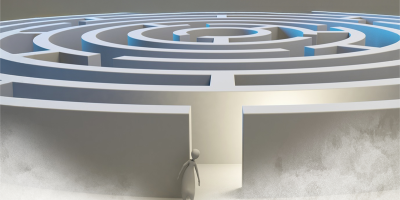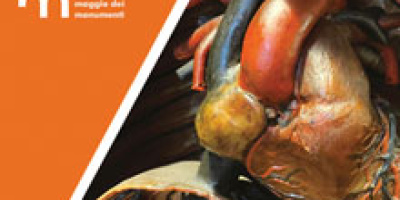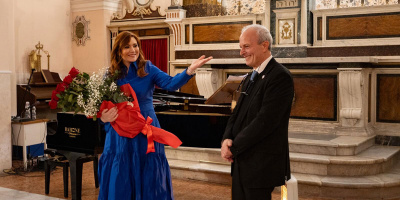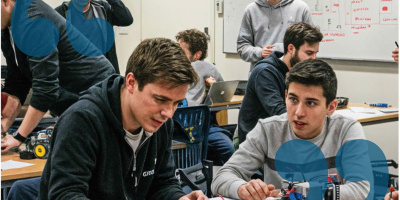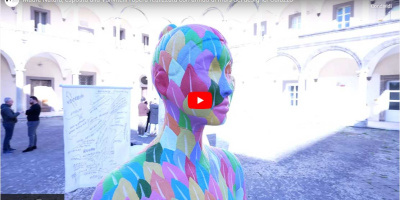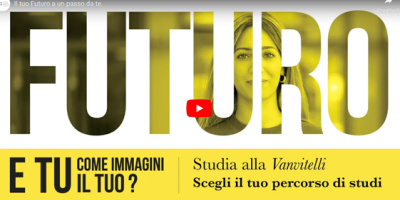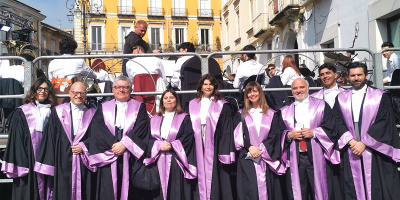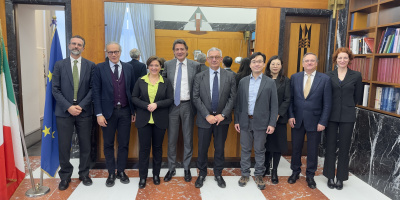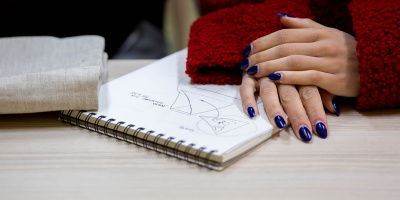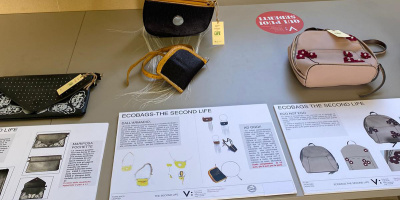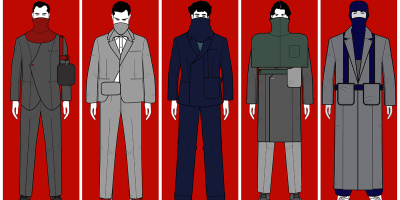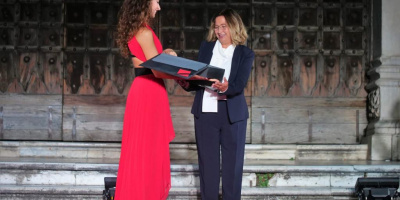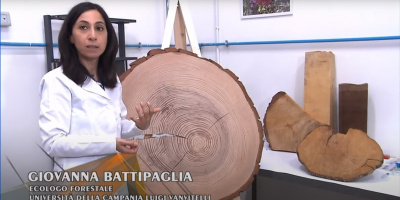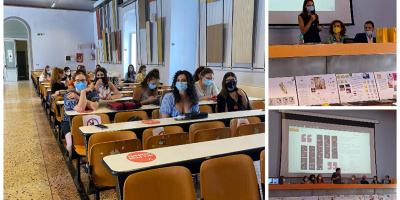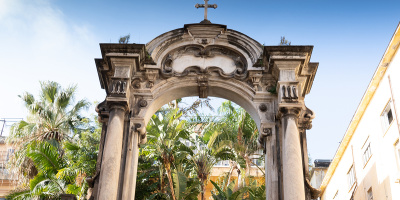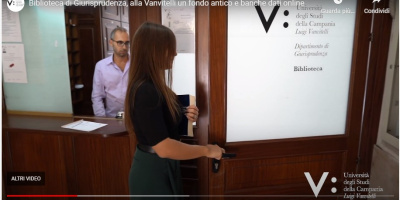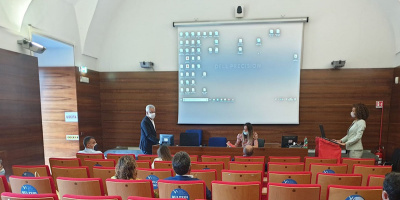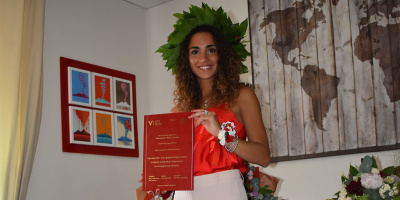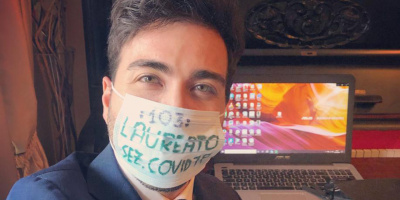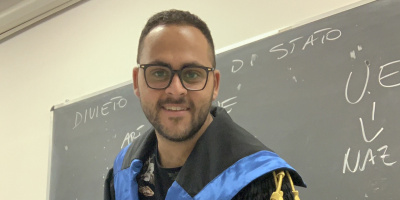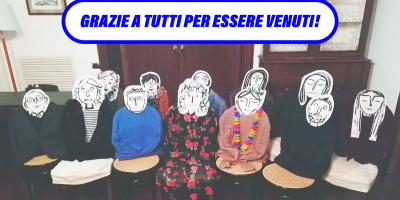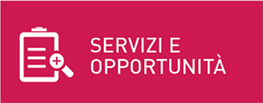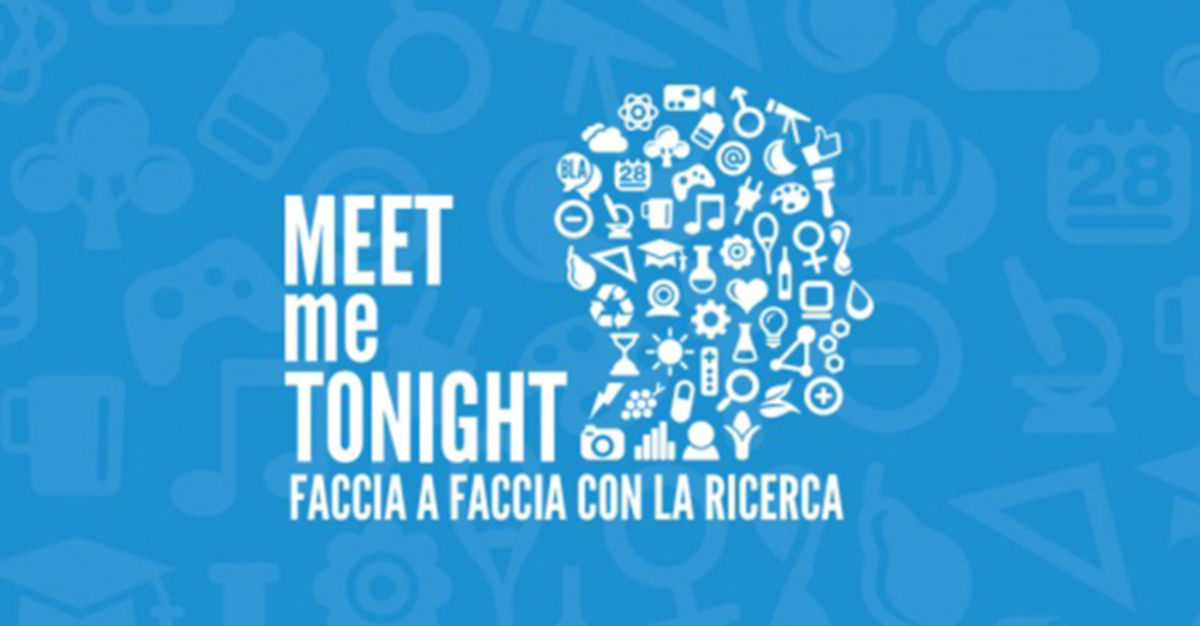IT | EN
The 2020 edition of the European Researchers' Night in Caserta is right around the corner. This year the event will be live streaming from the Sala degli Incontri d'Arte of the Royal Palace of Caserta on Friday 27 November from 7pm to 9pm.
A real virtual journey to go from deep space to the depths of the sea, to the history of the Bourbons to the history of modern man who changes the environment in which he lives and himself, leaving indelible traces. A journey through which it will be possible to explore different but connected inaccessible places and worlds. A single red thread will run through the evening to give you moments of magic and knowledge.
On the morning of November 28, the European Researchers' Night will open to secondary schools of the Campania region. The researchers' work will be narrated through a series of thematic paths: from mathematics to Data Science, from Robotics to Artificial Intelligence.
In the first part, each researcher of the specific thematic area will talk about their activity with an interactive seminar lasting 20 minutes. Through models, problems, examples and real data, students will be led to understand the importance and value of research in the modern world of automation.
In the second part, the scene will be given to some secondary schools of the region which will present activities developed as a result of cooperation activities with Researchers and Professors of the Departments of the Vanvitelli University.
16 video pills relating to the research activities will be broadcast live. The researchers, in the vests of announcers, will guide us through the video pills following an imaginary path, presenting their videos and answering the questions that the public from home will ask us in the form of Facebook / YouTube comments and chats.
This edition will also be supported by English Subtitles that will accompany the video pills and by a translation into sign language during the live broadcast
We Look forward your visit on November 27th from 19 to 21 live on European Researchers' Night Caserta
ROUTE:
1. Restoration work on the historic furnishings, fabrics and flooring of the royal apartments of the Royal Palace of Caserta: diagnostic analyzes to support the works
The entire nineteenth-century side of the royal apartments is being restored in the palace. Specifically, the original gilding of the wooden doors are brought to light, the precious and delicate silk fabrics in part worn out of the royal beds are studied and the precious painted terracotta floor is recovered, where possible. Diagnostics provides us with a valid help to proceed safely in the works and to enrich the knowledge of the heritage of the Royal Palace, highlighting the peculiarity of the executive technique of the artisans of the time.
2. A matter of looks
The look is the first and most direct tool we have to get in touch with the reality that surrounds us. Look to understand what an 'object' of our cultural heritage - what remains of an ancient city, an archaeological find, an inscription, a papyrus, a manuscript, an artistic work or an architecture - is able to tell about itself, about the people and the era that produced it. This is the task of the archaeologist, of the philologist, art or architecture historian. In recent years, technological and digital evolution has offered specialists in the field of Humanities new tools not only for filing and archiving data obtained from a traditional survey, but also for the process itself of surveying and analysing the object of study. Researchers from the Department of Humanities and Cultural Heritage of the Vanvitelli University will point out some application possibilities of new technologies in the many areas of Cultural Heritage, which are being used in their various laboratories.
3. X-rays for Cultural Heritage
Scrutinize the pigments of frescoes and paintings and alloys of ancient coins to assess their historical period and authenticity, using the X-ray fluorescence (XRF) technique.
4. 14C dating of works of art
We will tell the story of the processing of one of the most famous samples among the various applications used for dating in the field of cultural and archaeological heritage. The story will also include an introductory and conclusive part of the theme and will be the background for technical and methodological insights.
5. On the crime scene with the Scientific Police
Today we will be on the crime scene with the Scientific Police. We will watch a video regarding all the activities carried out during the inspection and the subsequent activities performed within the Scientific Police laboratories on the findings taken from the crime scene. We will track down the perpetrators, through investigations of forensic genetics, of latent, ballistic and electronic fingerprints and other Scientific Police activities.
6. Accelerator for Nuclear Astrophysics
Experiment with a scale Pelletron prototype to illustrate the operation of a 3 million volt electrostatic machine. How do particle accelerators help the study of stellar evolution? Short tour of the particle accelerator lines of the CIRCE laboratory used for the study of nuclear reactions in stars.
7. An underwater telescope to discover the mysteries of the Cosmos
From the depths of the Mediterranean Sea to the edge of the Universe: the KM3NeT experiment is building the largest underwater telescope in the world for observing cosmic high-energy neutrinos. A journey through the numerous technological challenges of a worldwide scientific cooperation, in which the Unicampania group and INFN Naples plays the pivotal role of the main centre for integration, calibration and testing.
8. The Sky as a laboratory: Telescopes aimed at the Sun, Planets, Moon and Galaxies.
Solar observation with different techniques both direct and in projection and using dedicated telescopes.
9. New aerospace frontiers
The foundations of the New Space Economy are the simplification of the methods of access and re-entry from space as well as the drastic reduction of the costs of development, implementation and maintenance of the systems used. CIRA is committed to the development of reusable ceramic thermal protectors for ESA's future space shuttle, Space Rider. An all-Italian path from the design to the realization of space components passing through a long series of tests in extreme conditions.
10. The eyes as revealers of the visible space from the beginning of humanity
The Palace preserves some interesting scientific instruments, some are in the exhibition path of the Historical Apartments, others are stored in deposits. Who were they built by? When? who commissioned them? Will it be possible to discover their history and some of their secrets?
11. Biodiversity is changing
The theme will focus on the increased importance of research on biological microcommunities in the Polar areas in times of global climate change. In particular, the scientific results obtained from the multi-year international project "Biodiversity of epibenthic diatom communities in polar areas: a taxonomical and ecological analysis", will be illustrated in a simple way, coordinated by the speaker. This project aims at understanding the ecological role of benthic algal microcommunities (colonizing the seabed and ice) in relation to global changes that are investing particularly aggressively in the polar areas.
12. Changes in the sea
Effects of environmental and climatic changes on the seabed. The seabed is constantly changing. Thanks to the different submarine survey methodologies we can study and try to understand these changes. Whether natural or related to human activity, we will travel on an ideal journey from the most superficial to the deepest areas to discover the fascinating secrets that lie on the seabed and their history.
13. Spectroscopic investigation at the service of climatology
Refined laser spectroscopy experiments allow us to quantify the ability of some molecules, present in the earth's atmosphere, to absorb and re-emit infrared radiation, thus contributing to the greenhouse effect.
14. Extraordinary changes
The activity proposed by the Department of Economics pursues a main objective: to raise awareness of the impact that (extraordinary) events have on the business world. In particular, during the ERN 2020 event, the impact of covid19 will be analyzed from the point of view of innovation, international exchanges and the protection of personal data. The intervention has an open ending since it is not possible to know if and what other extraordinary changes will affect companies in the near future.
15. Man not only changes the environment, but also himself
Tattoos, piercings, plastic surgery, body building, fitness, slimming diets, scarification and self-mutilation are practices that, in the last decade, have found a growing diffusion. The body seems to have become an object to be decorated, transformed according to duly designed forms or a burden of flesh to humiliate and mortify. The researchers intend to make the public reflect on these issues, presenting the main activities carried out by the Observatory on Eating Disorders. It will also be an opportunity to learn something about yourself.
16. FREIT - Social profiles of phrenological research in Italy
The Judge asked Miraglia: "What distinguishes a madman from a normal person?" Journey into the thought of Neapolitan phrenologists, of the treatment of madness, of the places of madness and the remains of an era, to understand the contribution made to modern psychological, legal and social sciences.
Pre-EVENTS
TREES HAVE STORIES TO TELL
Saturday 21 November 11 am
#softly readings with the volunteers of Nati per leggere Campania and workshops by the science communicators of Le Nuvole we mix Nature and sow Reading:
tales and workshops based on the 5 senses that will also involve the elders with the taste of the earth and the scents of nature (for everyone, from 3 years old).
WATER.EARTH.AIR
Tuesday 24 November at 4.30 pm
The territory of the Province of Caserta is characterized by multiple environmental emergencies, which have come to the fore thanks to the investigations of the judicial police in recent years to which ARPAC has always guaranteed the required technical-scientific support.
Two short live streaming seminars to discuss the following topics:
- the mouth of the Regi Lagni where "strange things" happen: monitoring stations located at sea in contiguous areas provide profoundly different analytical results ... we will try to explain why through a preliminary statistical analysis of the data;
- waste fires in the so-called "Land of Fires": the analysis of combustion phenomena made it possible to highlight the main types, the areas concerned and the pollutants developed.





